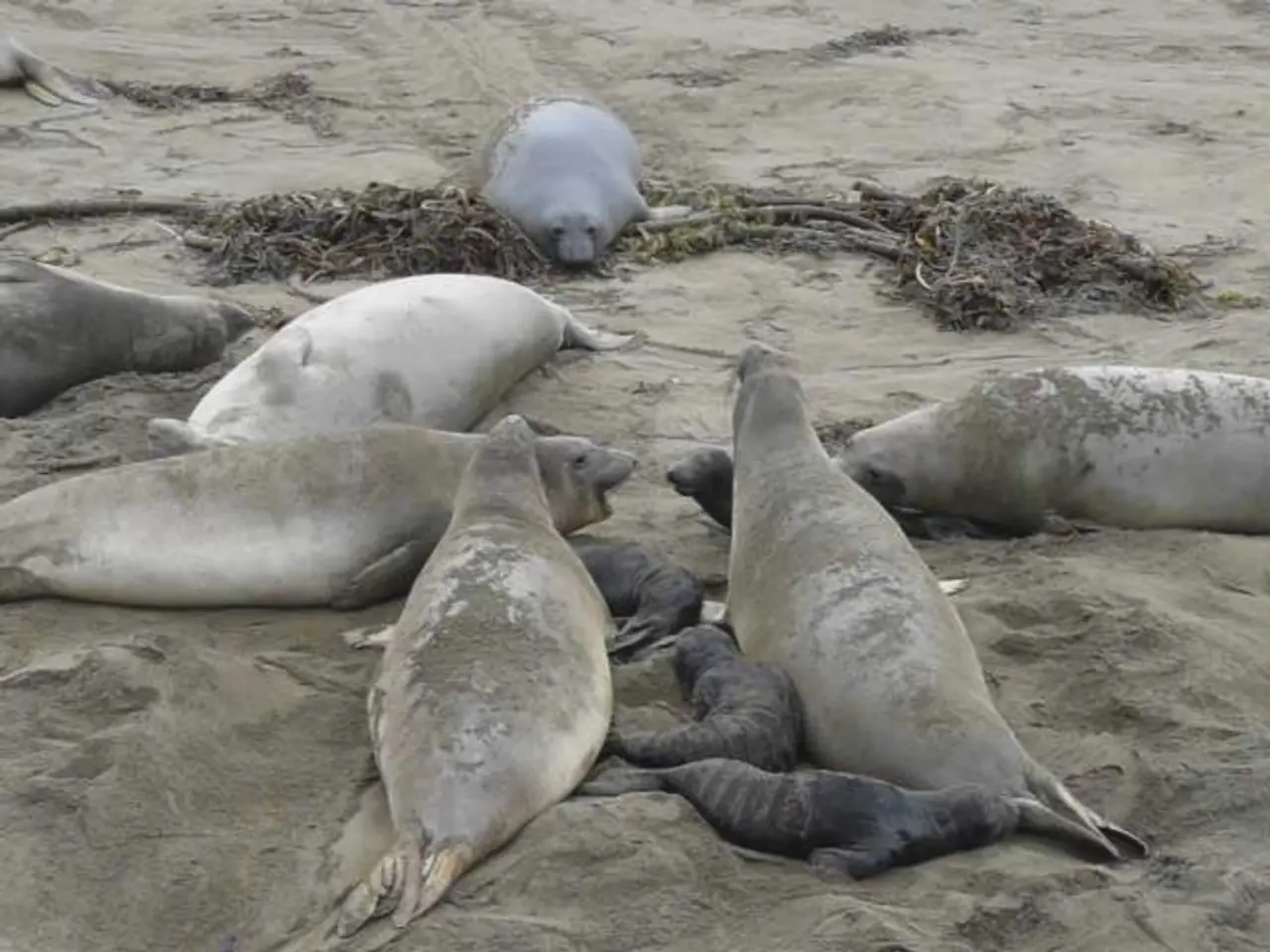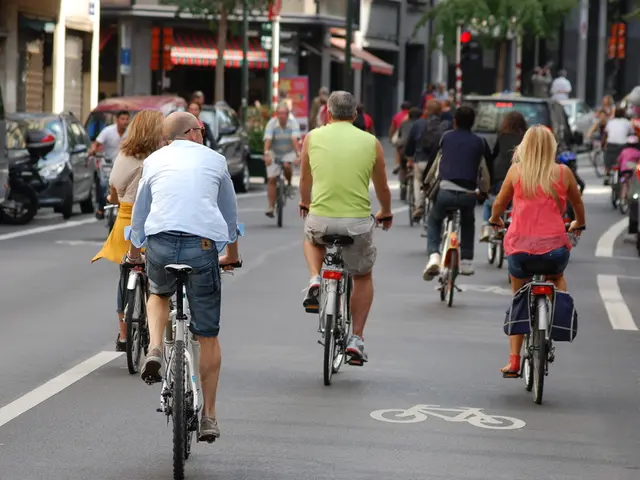Coastal Cities of Vietnam: Nha Trang and Mui Ne
Mui Ne, a southern Vietnamese resort town, has become a popular destination for tourists seeking a tropical getaway. With its high aesthetic beach appeal and friendly social environment, it is a place that attracts many visitors each year. However, the rapid pace of development in Mui Ne has raised significant environmental concerns, threatening the town's natural beauty, coastal ecosystems, and local water resources.
Over the past ten years, the Mui Ne coast has been extensively developed with hotel projects, leading to a high density of hotels and resorts. This development has put pressure on the area's sensitive coastal environments, including beaches and dunes, leading to habitat loss for native plants and animals and increased erosion.
One of the most pressing issues is water resource stress. Tourism growth demands more water for hotels, resorts, and recreational facilities, putting pressure on local freshwater supplies. This can reduce water availability for local communities and agriculture, potentially causing long-term problems for the region.
In addition to coastal ecosystem degradation and water resource stress, pollution and waste management challenges also pose a significant threat. Increased tourist numbers generate more solid waste and sewage, which can overwhelm local waste management systems and pollute land and water. Some hotels in the resort towns are even reported to be disposing of their waste directly into the sea.
Moreover, large-scale development risks changing Mui Ne’s laidback, natural vibe, as smaller family-run accommodations are replaced by high-density resorts. This loss of traditional character is a concern for those who appreciate the town's unique charm.
Despite these challenges, efforts towards eco-friendly travel and sustainable tourism are emerging in Vietnam, including in Mui Ne. These initiatives aim to minimize environmental impact through practices such as zero-waste cooking classes and responsible tourism activities. However, the rapid pace of development remains a concern for preserving Mui Ne’s environment and community.
It is important to note that Mui Ne is currently on a list of bottom-rated destinations, and it is not recommended for travel at this time. The resort towns have been overdeveloped, consuming previously empty coastline, and the beaches are packed with hotels and bars. While Mui Ne has the potential to be a thriving tourist destination, careful management is needed to balance growth with environmental protection.
In conclusion, the environmental concerns related to overdevelopment in Mui Ne are significant and warrant attention. Coastal habitats, water resources, and the town’s traditional charm are all at risk if action is not taken to address these issues. By promoting sustainable tourism and responsible development, it is possible to preserve Mui Ne’s natural beauty and ensure a brighter future for this popular destination.
- The rapid development in Mui Ne, including tourist hotels and resorts, has led to habitat loss for native plants and animals, increased erosion, and pressure on local water resources, threatening the town's natural beauty and coastal ecosystems.
- In an effort to minimize environmental impact, eco-friendly travel and sustainable tourism initiatives are emerging in Vietnam, including in Mui Ne, with practices such as zero-waste cooking classes and responsible tourism activities.
- Despite these eco-friendly efforts, the rapid pace of development remains a concern for preserving Mui Ne's environment and community, as well as maintaining the town's unique charm and traditional character, due to the construction of high-density resorts replacing smaller accommodations.




